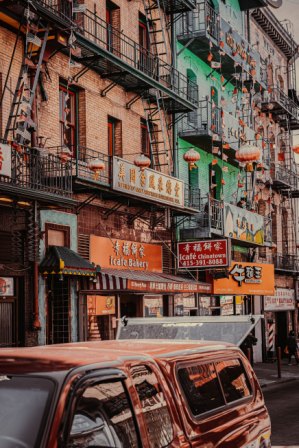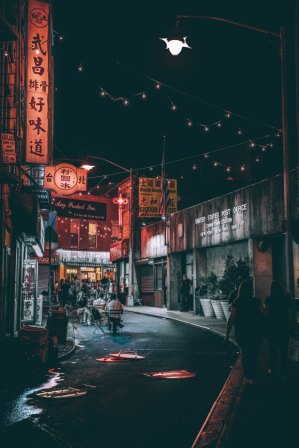 Chinatowns are more than just ethnic enclaves; they are living, breathing cultural hubs that have indelibly shaped the American landscape. As dynamic microcosms of Chinese culture and history, these neighborhoods have evolved into integral components of the broader American experience. In this article, we will delve into the multifaceted role of Chinatowns in American culture and society, highlighting their profound influence.
Chinatowns are more than just ethnic enclaves; they are living, breathing cultural hubs that have indelibly shaped the American landscape. As dynamic microcosms of Chinese culture and history, these neighborhoods have evolved into integral components of the broader American experience. In this article, we will delve into the multifaceted role of Chinatowns in American culture and society, highlighting their profound influence.
Historical Roots
Chinatowns in the United States have a history as rich and diverse as the nation itself. The first Chinatown, established in San Francisco during the mid-19th century, served as a hub for Chinese immigrants seeking economic opportunities during the Gold Rush. Subsequent Chinatowns emerged in other major cities as Chinese communities grew, often forming in response to the challenges of discrimination and segregation they faced.
Cultural Preservation and Adaptation
Chinatowns serve as bastions of Chinese culture, preserving traditions, language, and customs within the American context. While adapting to the new environment, Chinese communities have maintained their cultural identity. From the architecture that reflects traditional Chinese designs to the bustling markets and authentic cuisine, these neighborhoods offer residents and visitors a genuine taste of China, both past and present.
Economic and Culinary Contributions

Chinatowns play a pivotal role in American commerce and cuisine. These districts house a plethora of small businesses, restaurants, and markets that are crucial to their respective cities’ economies. The culinary contributions of Chinatowns have significantly impacted American dining, introducing the nation to a vast array of dishes, flavors, and cooking techniques. Iconic dishes like dim sum, chop suey, and General Tso’s chicken have become part of the American culinary lexicon.
Cultural Events and Festivals
Chinatowns frequently host cultural events and festivals that attract people from all walks of life. Celebrations like Chinese New Year and the Mid-Autumn Festival offer a window into the vibrancy of Chinese traditions and art. Parades, dragon and lion dances, and lantern festivals create a sense of community, fostering cultural understanding and appreciation among both Chinese and non-Chinese residents.
Gateway to Understanding
Chinatowns serve as gateways to understanding Chinese culture and history, offering Americans an opportunity to connect with a culture that may be foreign to them. They help dispel stereotypes and misconceptions, promoting intercultural understanding, respect, and appreciation. Beyond their physical boundaries, Chinatowns are bridges that connect different worlds and foster cross-cultural dialogues.
Challenges and Change

Chinatowns, like all communities, face challenges, including gentrification, rising property costs, and the displacement of longtime residents and businesses. These issues threaten the unique character and authenticity of these neighborhoods. However, communities and advocates continue to work diligently to preserve the cultural heritage and historical significance of Chinatowns while addressing contemporary urban challenges.
In conclusion, Chinatowns are an integral part of the American cultural mosaic, reflecting the contributions, resilience, and diversity of Chinese communities in the United States. These neighborhoods serve as living testimonials to the enduring connections between different cultures and the ongoing journey towards a more inclusive and culturally rich society. Chinatowns are not just places; they are living stories that continue to be written within the evolving narrative of the American experience.
